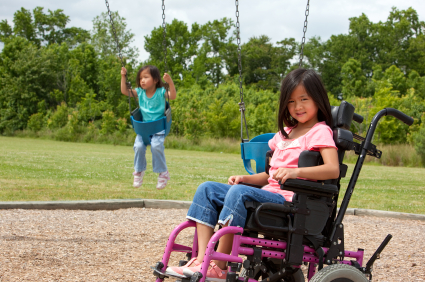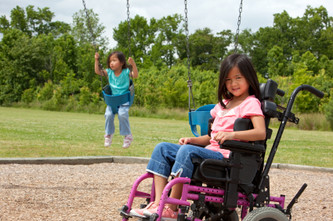
Technology has become integrated into most of the things that we do every day. Unfortunately, this has also trickled down into the lives of our children. According to researchers, children today will only play outside about four hours per week. This statistic gets even more devastating when you compare it to their parents, who spent a little over eight hours per week outside when they were children.
Why we need parks and playgrounds
Research has shown that there are many strong ties between the outdoors and the social and critical thinking development in children. So, what is the best way to incorporate and encourage spending time outdoors in your community?
Developing and building an inclusive neighborhood park is a great first step.
If your family is in the city, it can be difficult to find ways to interact with nature each day. Luckily, neighborhood parks can have many positive effects on children by stimulating play with others. Enjoying the outdoors will look different for many families across the United States, but as long as you and your family are outside and away from the screens that surround us daily, you are headed in the right direction.
How to build an inclusive park
Part of building an inclusive park is thinking about children with physical disabilities. Handicap accessible playgrounds welcome kids of all abilities and will help children learn to interact and relate to people who are different from them.
Instead of relying on a single metal commercial swingset in your park, install a set of wheelchair swings beside them so that all of the children can swing together. Every child deserves to feel the excitement and freedom that a swingset brings. Having a set of wheelchair swings will ensure that every child in the neighborhood will have that experience.
You should also include basketball courts that are wheelchair-friendly for older visitors. This is another great addition to your handicap accessible playground. Try to install ramps instead of steps and stairs throughout your park so that wheelchair patrons can access every part of your park.
It's essential to create a safe and open space where kids of all ages and backgrounds can come together and avoid screens. This is one of the best things we can do for the future generation. When you plan an inclusive park, making sure everyone is included is equally as important.

